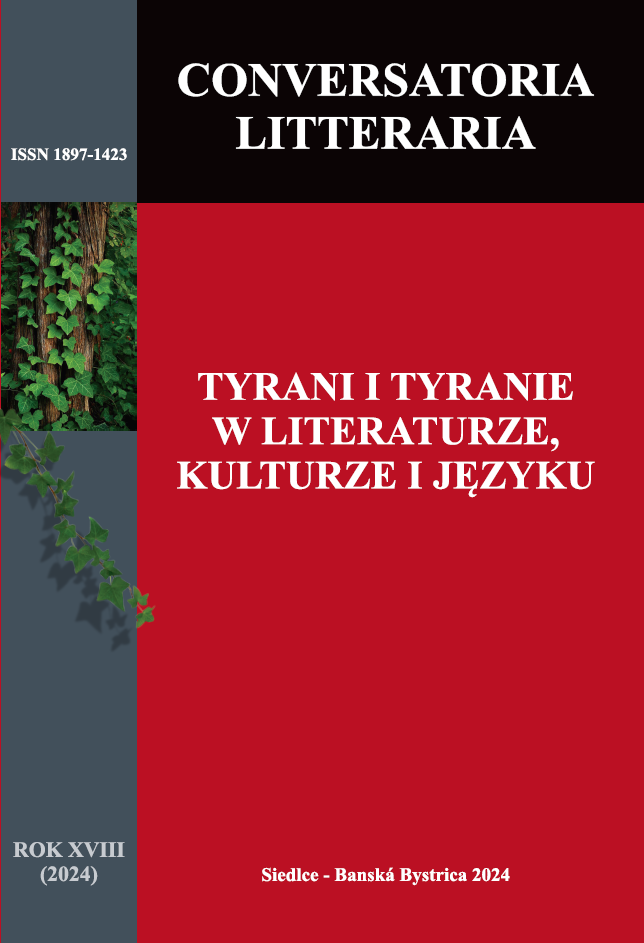Language use in the Third Reich and its continuation in the later periods
DOI:
https://doi.org/10.34739/clit.2024.18.19Keywords:
totalitarian language, hate speech, multimodal texts, authoritarian style, metaphor, euphemism, excessive emotionalityAbstract
This paper deals with the language of the Third Reich, its attributes, and use in public communication. Many of its attributes inspired other totalitarian languages that emerged later on, for example, the language of the dictatorship of the proletariat, which was gradually formed under the strong influence of the USSR mainly in Central European countries after WWII. The same properties define languages of dictatorship today. Typical attributes of totalitarian languages include hate speech targeting selected groups, their members, and supporters but also glorification of the ruling ideology, its creators, and implementers. The spread of hatred during the Third Reich was achieved primarily through the purposeful use of multimodal texts and authoritarian style, metaphors, neologisms, euphemisms, excessive emotionality, and religious concepts.
Downloads
Downloads
Published
Issue
Section
License
Copyright (c) 2024 Authors

This work is licensed under a Creative Commons Attribution-NoDerivatives 4.0 International License.




